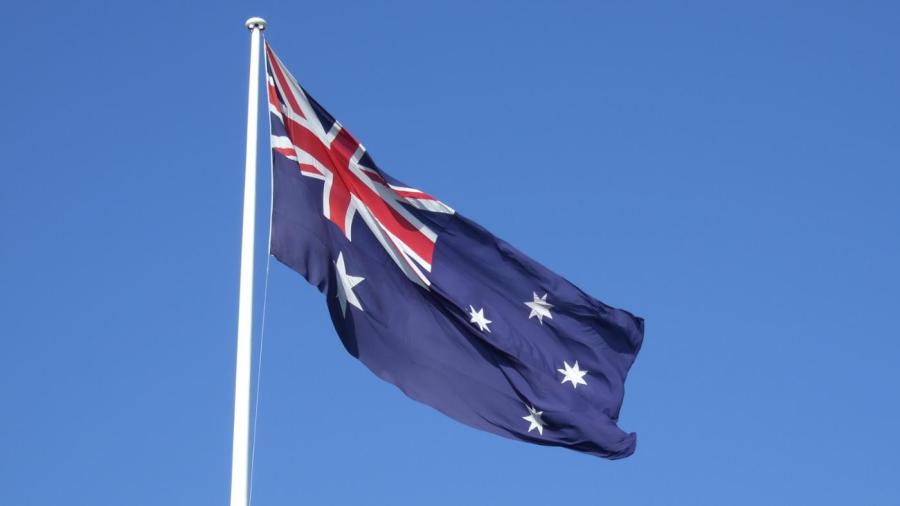What Does the Australian Flag Represent?

The Australian flag represents the independence of the Australian nation and national pride. The Australian flag, like those of other nations, contains a unique set of colors, designs and patterns that distinguish Australia from other independent countries around the world. Australia first unveiled its national flag in 1901, and the flag hangs from public buildings, offices and private residences.
Officials consider the Australian national flag the premier national symbol. Central and state government offices display the flag, and it flies at events representing the country, such as military endeavors and sporting matches.
The national flag bears three distinct marks: a Union Jack, Commonwealth Star and Southern Cross. The Union Jack, which forms the British flag, resides in the upper left-hand corner of the Australian flag. This symbol represents and acknowledges Australia’s past-united history with its mother country, Great Britain. The white Commonwealth Star, also called the Federation Star, appears as a bold white celestial symbol beneath the Union Jack. The Commonwealth Star features seven points. Its points represent the unification of Australia’s six states. The constellation called the Southern Cross, also created in white, completes Australia’s flag design. The Southern Cross constellation appears only in the Southern Hemisphere. It represents Australia’s unique geography and location on Earth.





